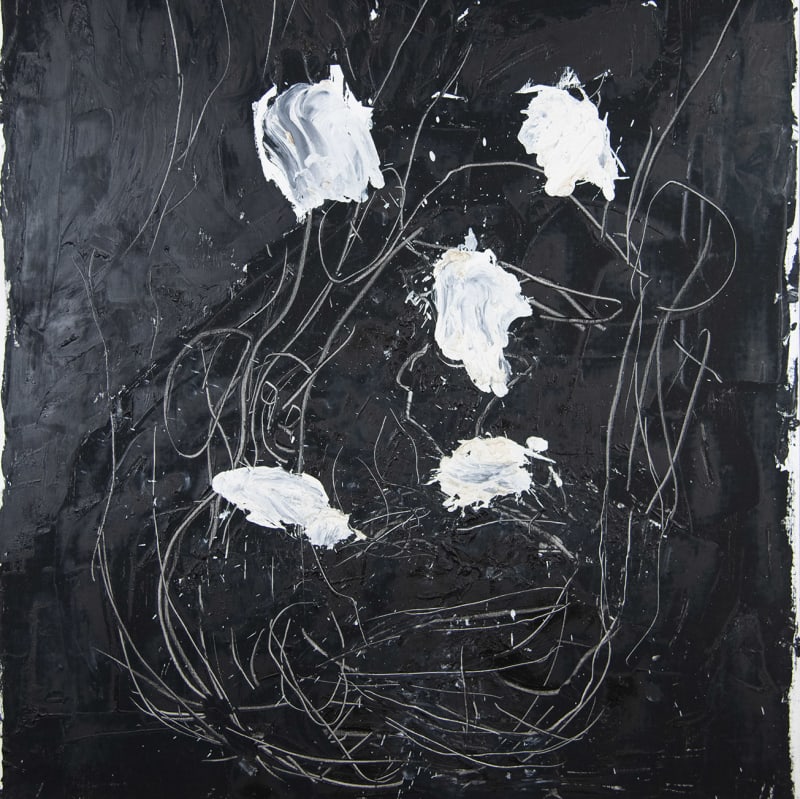Georg Baselitz (born Hans-Georg Kern, 1938, Deutschbaselitz, Saxony) is a leading German painter, printmaker, and sculptor whose career has profoundly shaped postwar art. Raised in East Germany amid the devastation of World War II, his early life was marked by trauma, displacement, and first encounters with art through the school where his father taught. Expelled from the East Berlin Academy in 1957 for “socio-political immaturity,” he moved to West Berlin, continued his studies, and formed lasting artistic friendships, including with Eugen Schönebeck. In 1962 he married Elke Kretzschmar, with whom he has two sons, Daniel and Anton.
Baselitz emerged in the early 1960s with provocative, confrontational works that tested artistic and social boundaries—culminating in police seizures at his debut solo exhibition. In 1969 he introduced his defining innovation: painting subjects upside down to reject narrative convention and foreground the act of painting. This radical approach secured his position as a precursor of German Neo-Expressionism and underpinned his lifelong engagement with figuration, abstraction, and the psychological landscape of postwar Germany.
Influenced by sources ranging from German Romanticism and Mannerism to American Abstract Expressionism, Baselitz developed a style distinguished by bold forms, raw brushwork, and psychological intensity. His expansive practice spans paintings, prints, monumental wood sculptures, and installations that interrogate image, identity, and history. Alongside his studio practice, he held professorships in Hamburg and Karlsruhe and participated in major international exhibitions, including multiple Documenta editions and the Venice Biennale. His work has been celebrated in retrospectives at institutions such as the Solomon R. Guggenheim Museum, Centre Pompidou, Fondation Beyeler, and Hirshhorn Museum, and features prominently in global museum collections.
Since 2013 Baselitz has lived and worked in Bavaria and Salzburg with his wife. Despite controversies and resistance, he is recognized as one of the most important artists of the late twentieth and early twenty-first centuries, renowned for his uncompromising exploration of trauma, identity, and the possibilities of painting.
